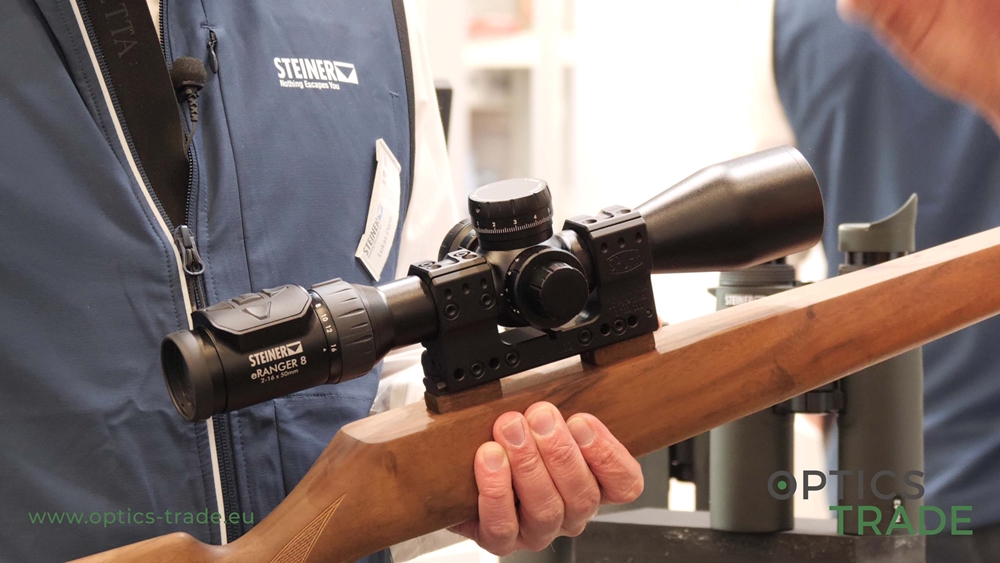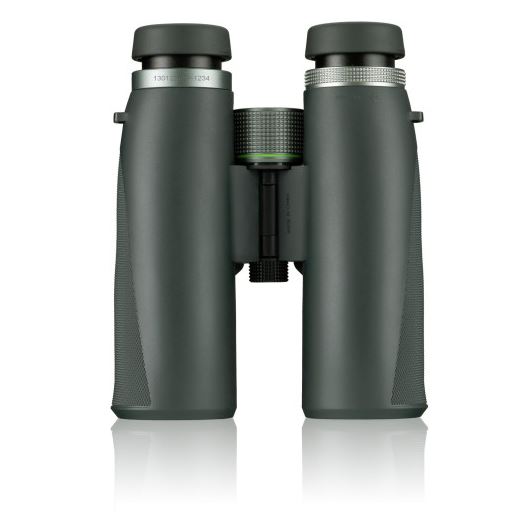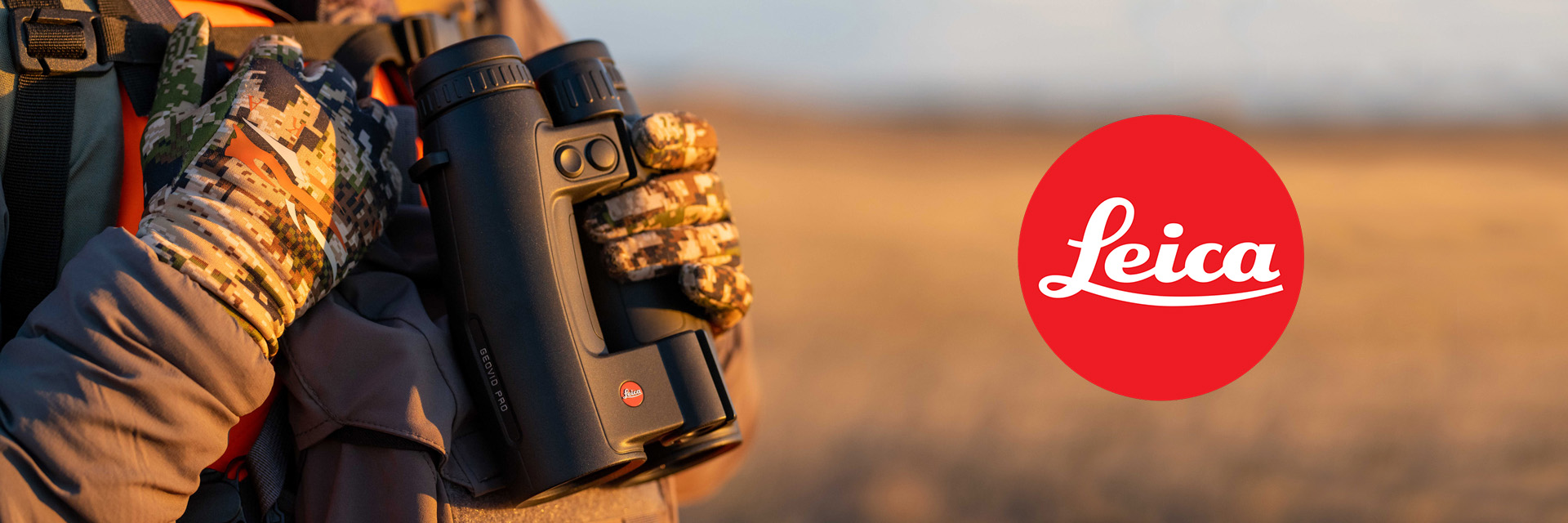Introduction
Even though we live in an era of multimedia with innovations around every corner, the evolution of binoculars is not as rapid – it reached its peak many years ago. Major breakthroughs have mostly occurred in the premium sector, where a few renowned optics manufacturers with years of tradition compete with one another. In the last few years, even the most experienced engineers have found it difficult to perfect the existing binoculars. It takes years of hard work and dedication to increase the optical performance of binoculars only slightly. IWA did not take place this year, and both Shot Show 2021 and IWA 2021 have been cancelled a while ago. As no major hunting/shooting fair is going to take place any time soon, it might be true that certain manufacturers are postponing the release of something major – presenting novelties via online presentations is just not as thrilling as launching them live.
Premium (2000 €+)
For many years, the three renowned sports optics manufacturers – Swarovski, Zeiss, and Leica – have battled for the throne with their flagship binoculars. Swarovski implemented Swarovision in the EL series in 2009. Zeiss followed with Victory SF, Leica answered with Noctivid. For a few years now, it has been rather calm in the premium level, but this was only silence before the storm.
This year, Swarovski went one step further, pushing the boundaries in the world of binoculars. They presented NL Pure binoculars to the public, a result of years of hard work. These binoculars are uniquely designed – they taper towards the centre section of the barrels, providing a comfortable, firm grip. Even though they feature a single bridge, the engineers moved it towards the rear, leaving space in the centre for the user’s hand, adding to the ergonomics. We call this bridge the hybrid between a standard single bridge and an open bridge. Optically, these binoculars are astonishing – they provide clear, sharp images, rich in colours. Their field of view is their biggest advantage over the competitive devices – the 8×42 model provides an amazing field of view of 159 m at 1000 m (the 10×42 and 12×42 offer 133 and 113 m of field of view at 1000 m, respectively). The cost is 2850–2950 €, depending on the model.
A forehead rest can be purchased as an accessory for NL Pure, significantly increasing comfort of use, especially when the binoculars are used for longer periods of time. You place it on the eyepieces and adjust the eye relief – there are 10 positions altogether; it is even compatible with glasses. With the rest, it is much easier to maintain a steady image, especially when you are tired. Extremely useful in the combination with the 8×42 or 10×42 model, and pretty much a must have if you have the 12×42.
The launch of NL Pure triggered a drop in the price of Swarovski EL Swarovision. This is most likely the best possible time to grab EL Swarovision if you are a bargain hunter as the 42mm models are available at a special price of around 1850 €. This raises a question of how Zeiss and Leica are going to counter the launch of the NL Pure – we will have to wait and see.
Upper Midrange (1000–2000 €)
Nothing noteworthy has happened here in 2020, except that Swarovski EL Swarovision 42mm models are now a top pick in the upper midrange after their price was reduced to under 2000 €. This has resulted in EL models competing with the SLC ones, which leads us to the interesting question: “What is going to happen with the SLC now that EL has been made cheaper?” We expect further changes in 2021.
Following the trend that has been around for the last couple of years, Minox came up with laser rangefinding binoculars called X-range 10×42. They look rather elegant dressed in Minox’s signature black rubber. The chassis is made of magnesium, making the device robust and durable. With a price tag of 1500 €, it competes directly against Vortex Fury, Sig Sauer KILO3000BDX, Kahles Helia RF and some other similarly priced LRF-binoculars. Optically, X-range binoculars are decent for the price. They can calculate the equivalent horizontal range but lack an advanced ballistics calculator.
At around 1000 €, Zeiss Conquest HD and Leica Trinovid HD still dominate the market. Conquest HD impresses with its bright, sharp images and a wide field of view, while Trinovid HD convinces with its elegant, appealing design, build quality, and impressive colour fidelity.
Lower Midrange (500–1000 €)
This year, Minox surprised us with their X-HD series, priced 750–1000 €, which impress both optically and mechanically. They are designed with ergonomics in mind, featuring an open bridge for simple handling. The full-size models come with 44mm lenses, which results in brighter images compared to the similarly priced 42mm objective lens binoculars made by the competition. They are one of the most affordable Made-in-Germany binoculars currently on the market.
Entry level (up to 500 €)
This is the price class where the offer is the biggest. With countless manufacturers competing for their share of the market, it is difficult to produce binoculars that stand out. As regards newly introduced entry-level binoculars, we must point out Kowa BD II XD series. Even though the series was launched in the mid-2019, it took some time for it to hit the shelves and garner attention. Optically, they are decent for the money. They also convinced us with their lightness, field of view, and close focus capabilities.
Athlon is steadily gaining followers in the hunting world with their entry level binoculars which deliver in many ways. Their feature a unique, futuristic look combined with a strong, robust body within. The optics are excellent for the price, which is why these binoculars should not be overlooked by someone looking for a pair of affordable binoculars. The ones that we have in mind here are Neos G2, Argos G2, and Midas G2, all released in 2020. They are covered with Athlon’s lifetime warranty.
Even though they were not released in 2020, we believe that GPO Passion ED binoculars are still the absolute winners in the entry level. The aesthetics, elegance, and details are on a level that one would expect to see at a binocular priced higher, not to mention that the chassis is made of magnesium. Furthermore, the optics are excellent for the money.
Conclusion
Quantity-wise, there have not been many changes in 2020 in the field of hunting binoculars. In terms of significance, though, we cannot be disappointed – The Swarovski NL Pure is an optical masterpiece that shook the world of optics. We are curious as to what Zeiss and Leica have up their sleeve.










